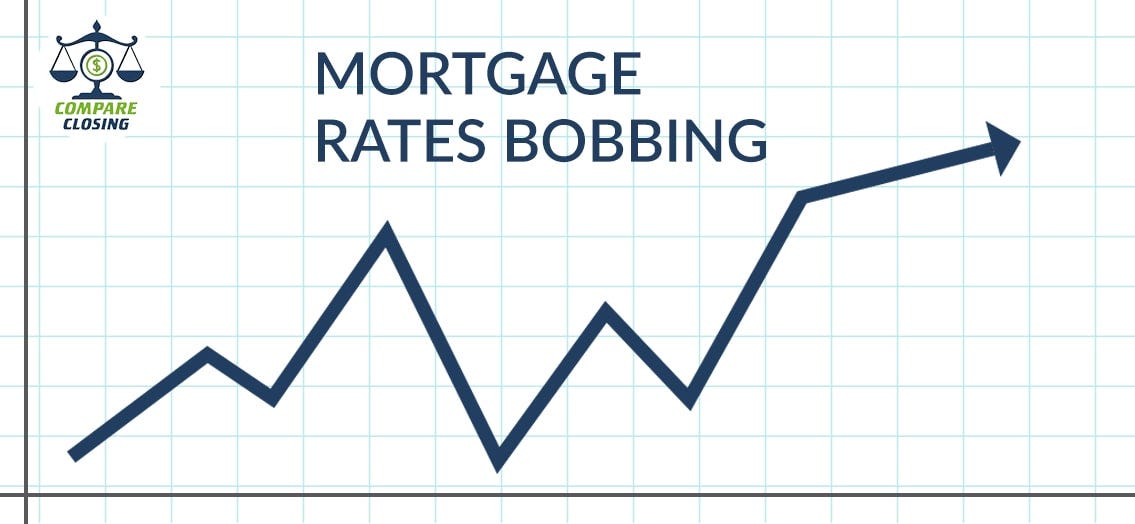
Mortgage demand dropped as rates rose again for most of last week, but with the news of a new variant of COVID, things changed by the end of the week.
According to the Mortgage Bankers Association, the average rate on the 30-year mortgage with conforming loan balance rose to the highest rate since April 2021, from 3.24% to 3.31%, with points rising from 0.36 to 0.43 for loans with a 20% down payment it is still 39 basis points lower than last year.
Because of the increase in rates the applications to refinance a home loan dropped by 15% for the week. Refinance demand was lower by 41% lower compared to last year.
The refinance share of mortgage activity dropped from 63.1% to 59.4% of total applications in one week.
With the mortgage rates rising for the third week in a row, the refinance incentive for many borrowers was reduced.
MBA’s associate vice president of economic and industry forecasting, Joel Kan, said the rates were up 15 basis points and refinance activity has declined over 18% in the last 3 weeks.
According to the National Association of Realtors, the purchase applications jumped 5% for the week and were 8% lower from the same time in 2020.
Compared to September the pending home sales in October rose by 7.5%. Some economists suggest that the fear that the mortgage rates will be higher by spring is pushing more buyers into the market.
The average purchase loan amount rose to $414,700 which is the highest since February this year.
This shows that where there are more homes for sale along with higher home prices, the bulk of the buying activity is happening on the higher end.
According to Mortgage News Daily, even if the rates rose for most of last week, they changed course on Friday, when the news of the new COVID variant came.
This week again saw the average rate on the 30-year fixed falling 15 basis points and further declined after congressional testimony by Federal Reserve Chairman Jerome Powell.
Reference Source: CNBC
https://www.compareclosing.com/mortgagenews/mortgage-rates-bobbing/
Comments
Post a Comment